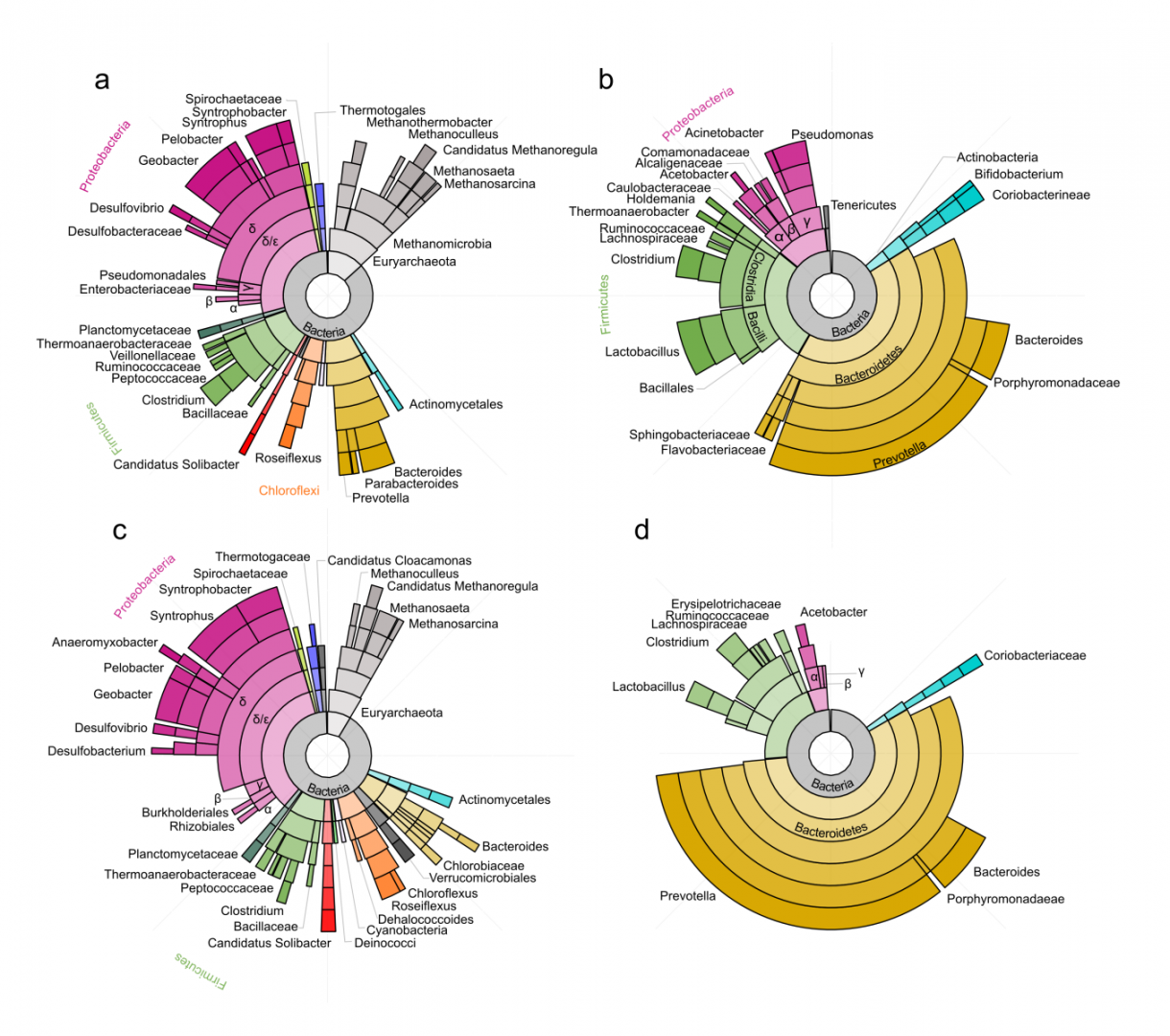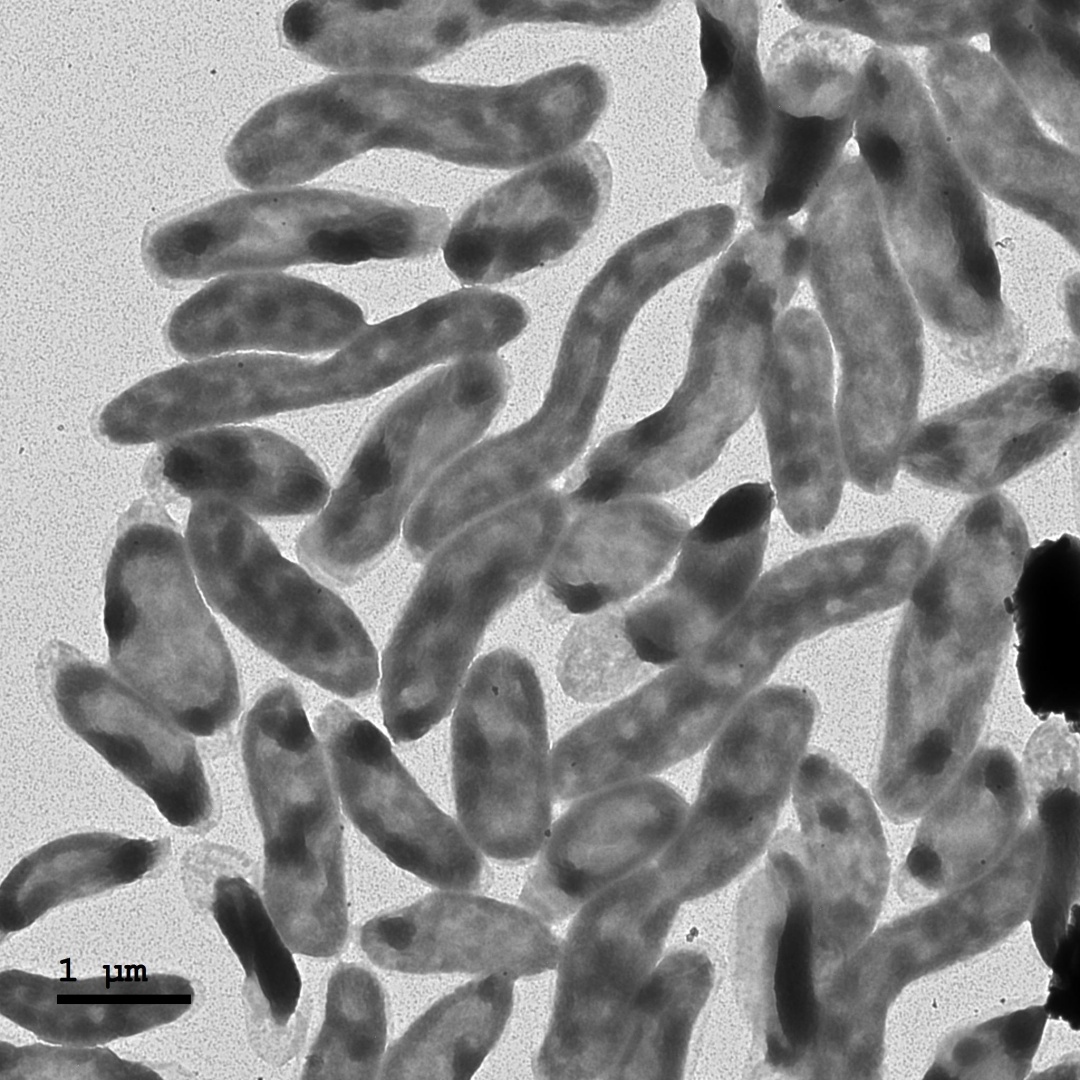FY2013 Annual Report
Biological Systems Unit
Professor (Adjunct) Igor Goryanin
Abstract
The main focus of our research is developing the microbial fuel cells. Starting with the lab-scale systems we moved toward the practical application by scaling-up the reactors and developing systems integration.
1. Staff
- Professor Igor Goryanin, PI
- Dr. Larisa Kiseleva, Researcher
- Dr. Alexander Mazein, Resaercher
- David Simpson, Technician
- Midori Tanahara, Research Administrator
2. Collaborations
- Theme: Biological network analysis
- Type of collaboration: Research Collaboration
- Researchers:
- Dr. Tong Hao, Tianjin University
3. Activities and Findings
3.1 Study of real wastewater treating microbial fuel cells on a pilot scale.
Conventional municipal, agricultural and industrial wastewater treatment systems are based on energy intensive aerobic biological processes. The goal of several research groups in the world has been developing cost-effective and environment friendly wastewater treatment systems that use substantially less energy than currently employed aeration technologies.
Microbial fuel cells (MFCs) are technologies employing anaerobic microorganisms for breaking down biodegradable wastes and therefore do not consume energy for aeration. Moreover, biochemical reactions carried out by electrodes to supply the system with additional energy.
Although MFCs have been already shown to simultaneously treat organic waste and generate electricity in laboratory scale and artificial wastewater, there was no report so far on successful performance of scaled-up bioreactors fed on actual industrial wastewaters.
The main goal of our research is to construct and test anaerobic MFC bioreactors at practical scale. Following laboratory tests on awamori wastewater treatment (see FY2012 Annual Report), two pilot-scale MFC bioreactors, each 60L active volume and 8 electrode pairs, were constructed and operated in continuous-flow mode at the local distillery using rice-wash wastewater as the substrate. The anodic chambers were seeded with the culture of anaerobic microorganisms derived from anaerobic digester. The systems were monitored for COD removal and power generation across a range of COD loadings.
COD removal rates for inlet with organic concentration 1-2.3 g/L have been consistently high, ranging from 90 to 99% and accounting for 2.17 kg COD/m3/day. Daily monitoring of electrical power generation has demonstrated that the rice wash substrate contains enough of energy to harvest by biocatalyst. Power density was shown to be 4.8Wh/m3, electrode efficiency 6.64 A/m3 (400mA/tray module) and 1.07 A/m2 (cathode area).
In addition to electrical power the scaled-up bioreactors were producing biogas consisting of 50% methane, 30% CO2 and 0.1% H2S.

Figure 1: Scanning electron microscopy image showing biofilm formationon the anode surface of the pilot-scale MFC after 6 months operation.
3.2 Microbial community composition and metabolic potential of electrogenic biofilms from field scale MFC bioreactors.
Thus far MFC scaling up and development has mostly focused on optimizing reactor design and identifying inexpensive efficient materials that are aimed at reducing the cost and improving efficiency to the levels required for large-scale wastewater treatment. The biocatalysts elements of MFC have been less well characterized due to the suggestion that the electrical power output is restrained by limitations of the system and not the microbial component. In fact, laboratory-scale MFCs can produce electricity on bacterial monoculture utilizing a simple substrate. However, when the MFC technology is applied to wastewater treatment, maximizing the range and rate of complex substrate degradation becomes a critical requirement and is highly determined by metabolic capabilities of inhabiting microorganisms. Therefore, it is essential to identify sources of mixed microbial communities relevant for inoculation of scaled-up MFCs designed for wastewater treatment. The most efficient community will contain a significant pool of genes involved into biodegradation and extracellular electron transfer.
We applied metagenomic approach to examine the structure and bio-electroremediation potential of microbial communities from two distantly operating pilot-scale MFC bioreactors. Both reactors were inoculated with mixed anaerobic sludge from local anaerobic digesters and fed with real industrial wastewater from domestic distilleries. The analysis revealed the difference in biological and genetic diversity of communities employed in wastewater treatment in different climatic zones, and shifts in population structure during directed evolution in the conditions of operating real-world MFC.
Overall, the study showed that microbial communities employed into wastewater treatment in subtropical region (Okinawa, Japan) had higher biodiversity and held greater gene repertoire for biodegradation and extracellular electron transfer compared to temperate climate population (Edinburgh, UK). A significant fraction of Archaea found in Okinawan community presumably produced a certain amount of biogas in stably operating MFC. This observation implies a possibility of integrated organics removal, electrical power generation and biogas production in one system employing functionally diverse microbial community.
Analysis of the metagenomic data of mixed anaerobic sludge and electricity generating biofilms will further allow targeted studies of the enzymes involved in bio-electroremediation and will eventually lead to breakthroughs in metabolic modeling and ability to predict, develop and maintain functionally stable and robust electrogenic microbial communities optimized for specific waste treatment in a particular geographical location.

Figure 2: Taxonomic profile of pilot MFC bioreactors microbiomes. Krone-like diagrams for JP anode (a), UK anode (b), JP ref (c), UK ref (d), represents the abundance of different phylogenetic groups within a sample where each circle represents taxonomic level, and colored according to the phylum level or group level (level 3 in NCBI taxonomy): yellow – Bacteroidetes/Chlorobi group, purple – Proteobacteria, light grey – Archaea, green – Firmicutes, orange – Chloroflexi, red – Acidobacteria, green-yellow – Spirochaetes, dark blue – Thermotogae, light blue – Actinobacteria, dark green – Planctomycetes, light pink – Cyanobacteria.
3.3 Isolation of bacterial species enriched in lab-scale MFC.
Our previous experiments showed accumulation of bacteria related to Magnetospirillum species in lab-scale MFC inoculated with marine sediment (see FY 2011 Annual Report). We subsequently isolated a pure culture of helical-shaped bacteria that was enriched in MFC in order to examine its electrogenic properties. A single chamber laboratory-scale MFC inoculated with newly isolated bacteria and fed on acetate, achieved power output of 586 mV (maximum voltage) and 9.91 mA (maximum current) during two months operation. The maximum COD removal rate reached 50%. Although mixed microbial community demonstrates higher electrical power production and organics removal rates, the contribution of the isolated strain in total MFC performance may be significant. Further genetic and biochemical analysis will explore metabolic potential of the isolated bacteria for bioremediation in MFC systems.

Figure 3: Transmission electron microscopy image of newly isolated exoelectrogenic bacteria.
4. Publications
4.1 Journals
- Liu, Z., et al. (2013). "A semi-automated genome annotation comparison and integration scheme." BMC Bioinformatics 14: 172.
4.2 Books and Other One-Time Publications
- Kiseleva, L., et al. (2013). Microbial fuel cell community Structure by metagenome analysis. Front line of power productive and energy-saving waste/waster water treatment technology. K. Watanabe. Tokyo, NTS Co., Ltd.: 91-101.
4.3 Oral and Poster Presentations
- Kiseleva, L. and I. Goryanin (2013). Shotgun metagenomic analysis reveals metabolic diversity of electrogenic microbial community. Federation of Europian Biochemical Societies Congress. St. Petersburg, Russia.
- Kiseleva, L. and I. Goryanin (2013). Integration of bioinformatics tools for metagenomic analyses. Moscow Conference on Computational Molecular Biology (MCCMB2013). Moscow
- Kiseleva, L. and I. Goryanin (2013). Comparative metagenomic analysis of electrogenic microbial communities. International Conference on Intelligent Systems for Molecular Biology. Berlin.
- Mazein, A., et al. (2013). The regulation of human gamma-glutamyltransferase gene expression. Federation of Europian Biochemical Societies Congress. St. Petersburg, Russia.
5. Intellectual Property Rights and Other Specific Achievements
Nothing to report.
6. Meetings and Events
Nothing to report.
7. Others
Nothing to report.




